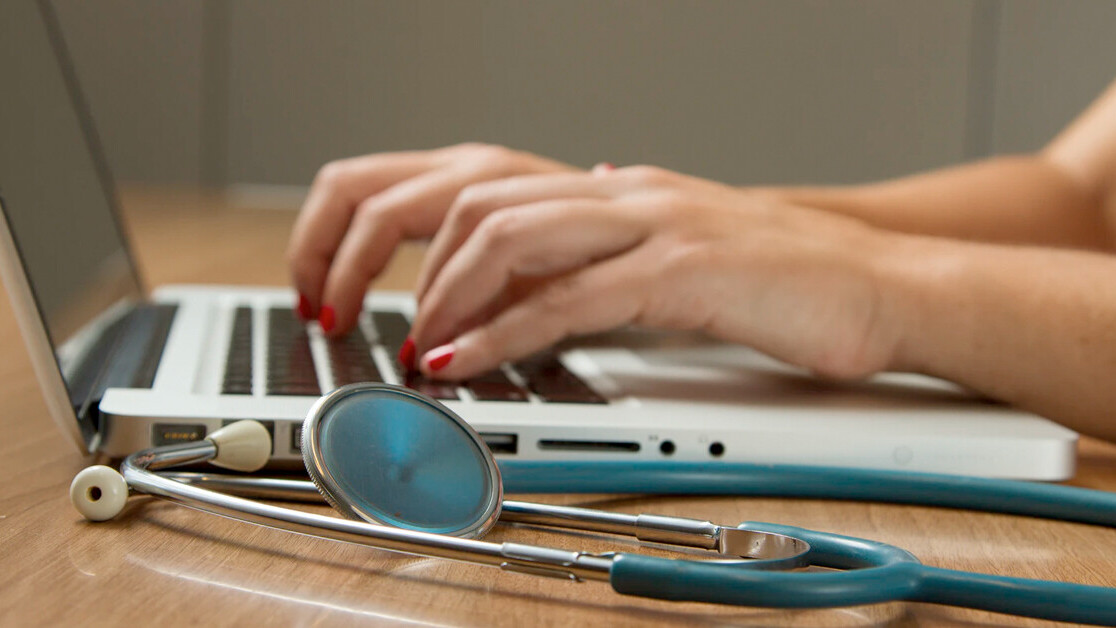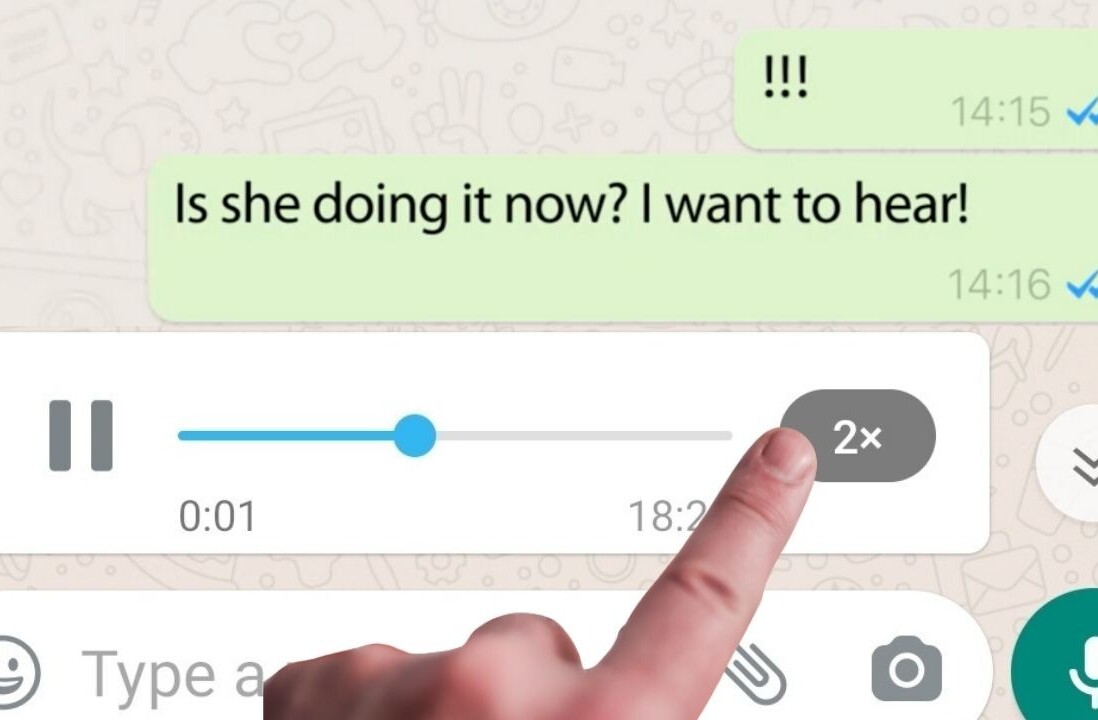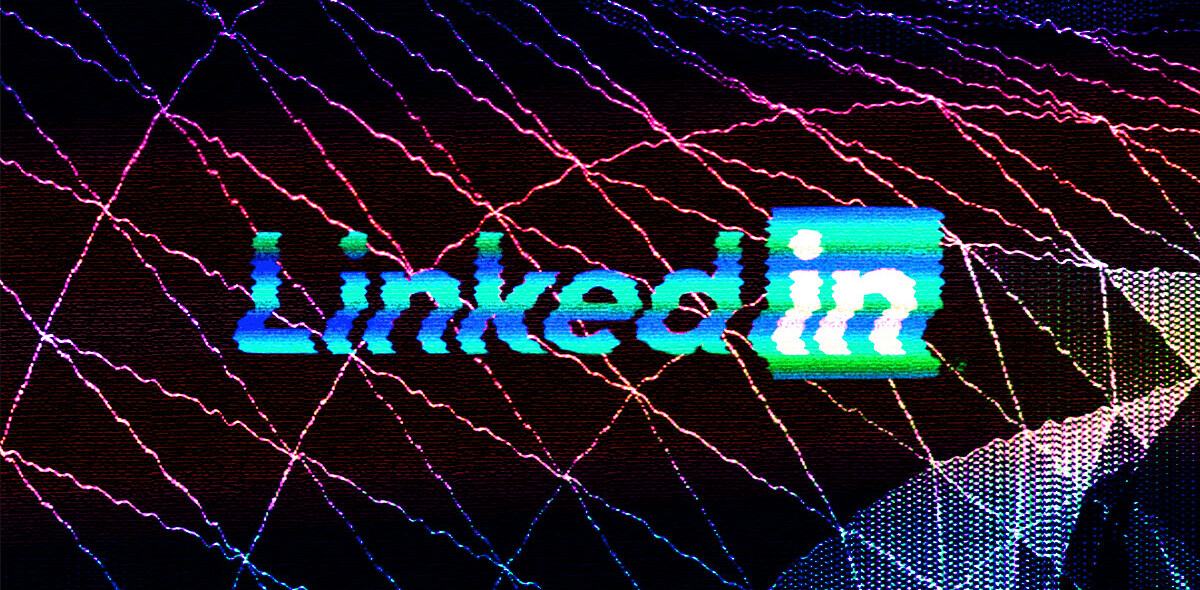Over the last few months, the COVID-19 pandemic has thrown the world into an unprecedented situation. It even gave birth to new concepts such as social-distancing and prioritized technologies like cloud, internet of things (IoT) services, and artificial intelligence. Likewise, IoT and the internet of medical things (IoMT) have witnessed a number of innovative revolutions to address the coronavirus crisis. These technologies in healthcare and retail may have a long-lasting impact in the upcoming future.
IoT has predominantly become one of the frequent expressions across the technological domain nowadays, with the potential to significantly enhance the way we interact with the contemporary world. From high-level healthcare devices to common household gadgets, IoT technology is getting more intelligent and connected to the internet, facilitating seamless communication between networks and devices.
Why medical connectivity matters?
The coronavirus outbreak has led IoT healthcare companies to promptly provide solutions for combatting the increasing requirement for high-quality medical services. Medical connectivity is the sole extinguisher to the fast-spreading COVID-19 that has taken over the entire healthcare ecosystem from vaccine developing labs, pharmaceutical companies, hospitals, and health insurers. Applications such as telemedicine include remote patient monitoring, and interactive medicine can help in social distancing with inpatient monitoring that is expected to achieve traction during this time.
[Read: Most mobile apps suck — here’s how to fix them]
The current advancements in technology, for any industry, indicates secure communication, enhanced storage and transfer of massive data, and numerous benefits that prevent industries from backtracking. Most of these advantages are being capitalized on by the healthcare sector, as it perhaps has the utmost gain from these rapid progressions.
The growing role of IoT in medical connectivity
Quarantine tracking
One of the most significant measures to curb the spread of coronavirus is the effective quarantine of infected or perceived-to-be-infected people. From connected drone monitoring to thermal heat scanners, IoT devices are being utilized to collect data and pass on this information to Governments or healthcare sectors.
There are several wireless communication and GPS technologies, such as connected drones, cellular positioning systems, etc. that can be implemented to monitor people at gatherings or even at offices.
Medical automation and healthcare connectivity
The COVID-19 pandemic is proving to be a catalyst for 5G innovation, particularly in healthcare automation and medical connectivity. The revolution in innovation such as 5G enabled medical robots can instantly and accurately scan human temperature, deliver drugs, and disinfect hospitals wards, therefore reducing the exposure of humans to the virus. These humanoid robots can also overcome the deficiency of personal protective equipment required for doctors and nurses. Countries like China were able to make use of 5G-enabled healthcare automation by introducing a 5G+ remote consultation arrangement across its multiple hospitals; where the medical personal could consult patients as well as interconnect and learn from various healthcare professionals.
AI-based medical robots and chatbots
As COVID-19 cases spiked all around, the number of calls to healthcare sectors regarding symptoms queries and precaution strategies was overwhelming. According to Partner Healthcare, Boston, the average delay time on their hotline topped almost up to 30 minutes, creating more panic and unawareness.
To eradicate this dilemma, software enterprises collaborated with hospitals and healthcare centers to set up AI-based chatbots on their website and mobile apps. These chatbots were capable of asking a series of questions to screen visitors as well as provide safety measures according to the severity of their health.
Also, smart hospitals were set-up in Wuhan, China, to assist healthcare professionals, these hospitals were the ideal example of AIoT, a combination of the internet of things and artificial intelligence. From scanning body temperatures and monitoring heart-rate to cleaning and disinfecting the premise, these AI-based robots performed remarkably well for their responsibility.
The growing role of IoT in other sectors
E-learning and online classrooms
Across the world, schools and educational institutes have been closed for months, and it has forced the institutions to take the classes online as social distancing standards continue. However, e-learning with advanced technologies can be a comparatively better alternative than traditional offline classrooms. In the future, there can also be device-based augmented reality classrooms, where students get the entire privilege of being at a school within their own houses.
Essential business automation
One of the most significant concerns during the pandemic is the availability of groceries, consumer supplies, and retail. The more autonomous and innovative retail environment with the electronic shelf label (ESL) technology helps mitigate the hand-operated, in-person workload by implementing IoT devices to monitor and track commodities on the shelves. The IoT smart shelves can facilitate an effective shopping experience and improve safety with social distancing and less human interaction.
IoT technology has enabled more efficient and innovative services across a wide range of industries ranging from healthcare to manufacturing. Mobile network operators (MNOs) are in the ideal setting to facilitate these types of time-critical services due to their capability to leverage advanced 5G networks systematically and cost-effectively.
IoT services and technology may be the most prominent innovation that has been making impressions in the healthcare industry. It has provided us with many opportunities to innovate, all we need to do is stay committed to innovation and quality production of this remarkable connected technology.
This article was originally published by Ricky Philip on TechTalks, a publication that examines trends in technology, how they affect the way we live and do business, and the problems they solve. But we also discuss the evil side of technology, the darker implications of new tech and what we need to look out for. You can read the original article here.
Get the TNW newsletter
Get the most important tech news in your inbox each week.






